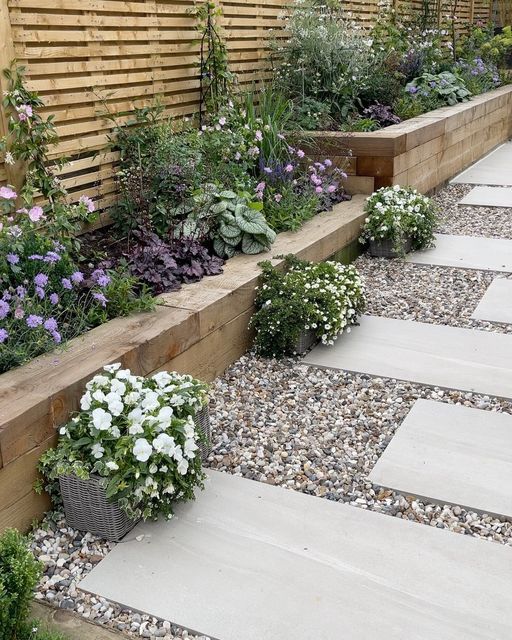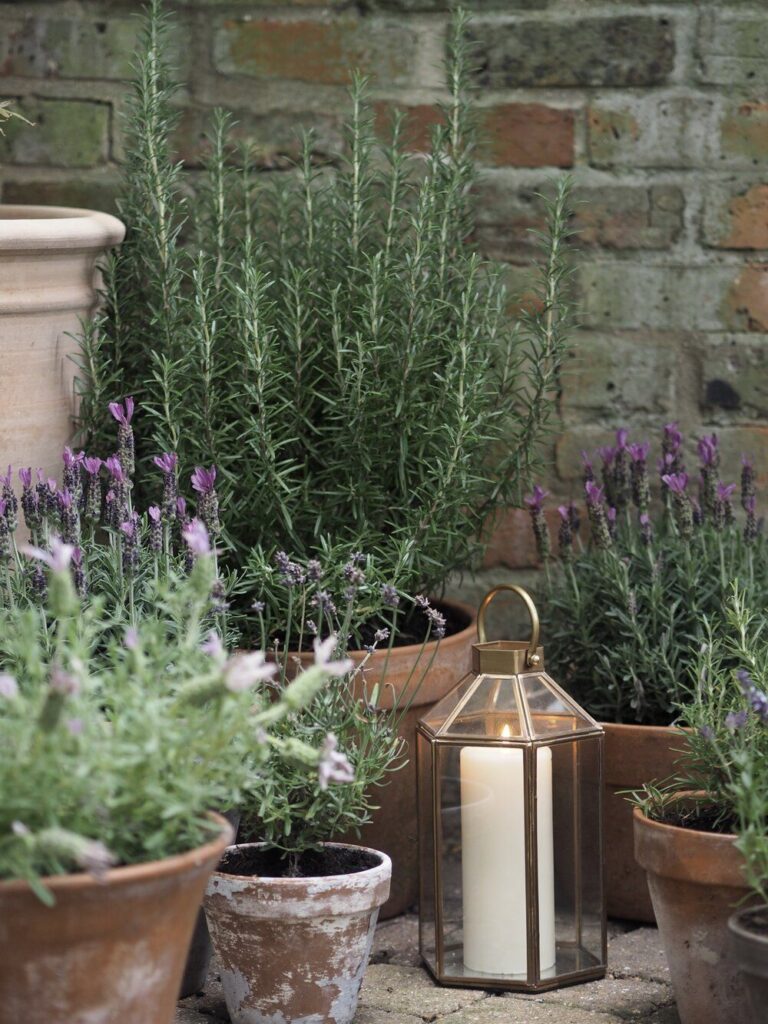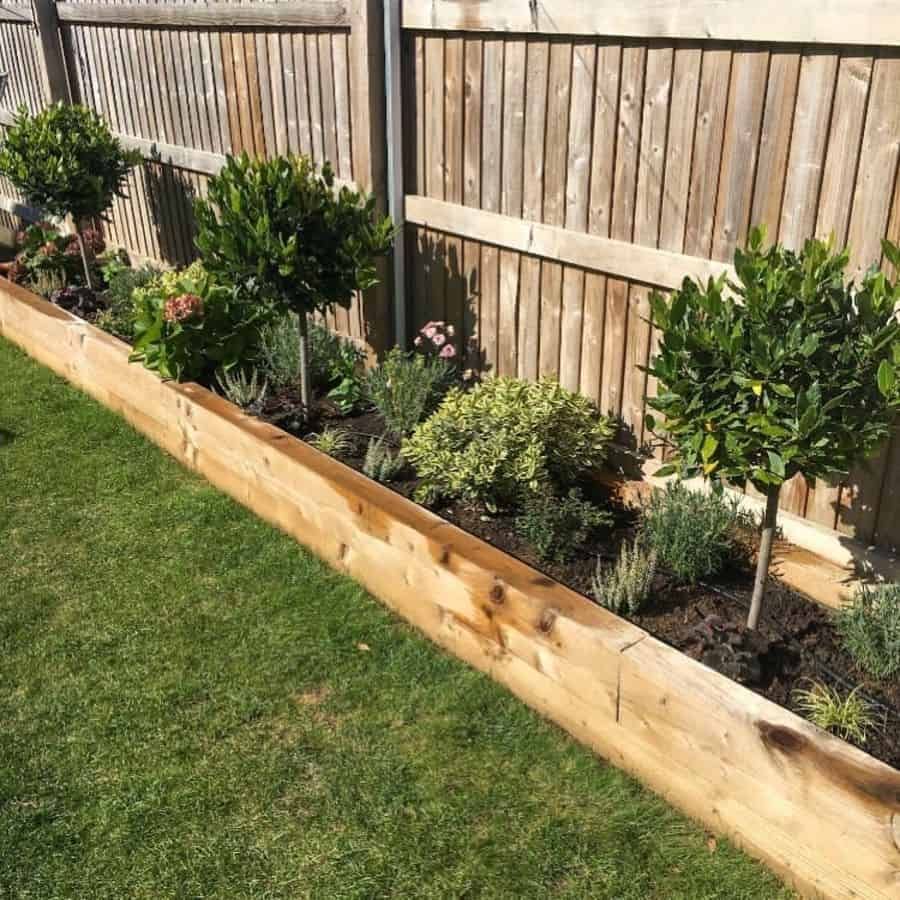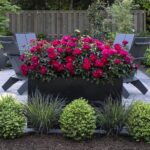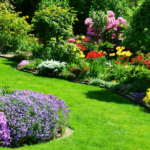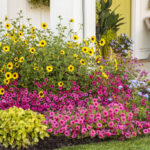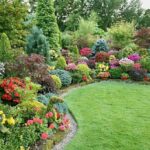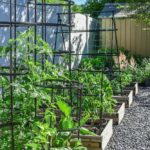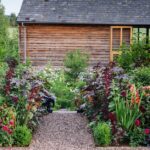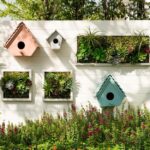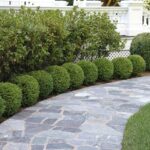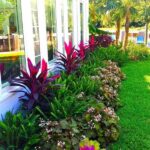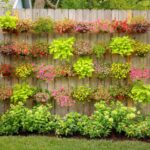One popular trend in gardening is incorporating a variety of plants to create a diverse and visually stunning garden. By mixing different types of plants, you can create a unique and vibrant landscape that is both aesthetically pleasing and beneficial for the environment. One idea is to create a pollinator garden, filled with plants that attract bees, butterflies, and other pollinating insects. This not only adds beauty to your garden, but also helps to support declining pollinator populations.
Another idea is to incorporate native plants into your garden design. Native plants are well adapted to the local climate and soil conditions, making them low-maintenance and environmentally friendly. Additionally, they provide food and habitat for local wildlife, helping to create a more sustainable ecosystem in your backyard. Some popular native plant options include coneflowers, milkweed, and native grasses.
For those looking to add some drama and height to their garden, tall plants such as sunflowers, foxglove, and delphiniums can make a bold statement. These plants can add interest and structure to your garden design, creating a dynamic visual effect. By mixing tall plants with ground cover, mid-sized plants, and shrubs, you can create a layered and textured garden that is sure to impress.
If you have limited space in your garden, vertical gardening is a great option. By utilizing trellises, wall-mounted planters, and hanging baskets, you can maximize your growing space and add a vertical element to your garden design. Plants such as climbing roses, ivy, and vine tomatoes are perfect for vertical gardening, adding a touch of elegance and functionality to your outdoor space.
Incorporating aromatic plants into your garden can add a sensory element that enhances the overall experience. Plants such as lavender, rosemary, and mint not only smell great, but also provide a myriad of health benefits. These plants are perfect for creating a peaceful and relaxing atmosphere in your garden, inviting you to unwind and enjoy the beauty of nature.
Finally, consider incorporating a mix of edible plants into your garden design. Herbs, vegetables, and fruits can be both decorative and practical, providing you with a fresh and healthy source of food. By interplanting edible plants with ornamental ones, you can create a visually appealing garden that is also functional and productive. Some popular edible plant options include tomatoes, basil, strawberries, and peppers.
